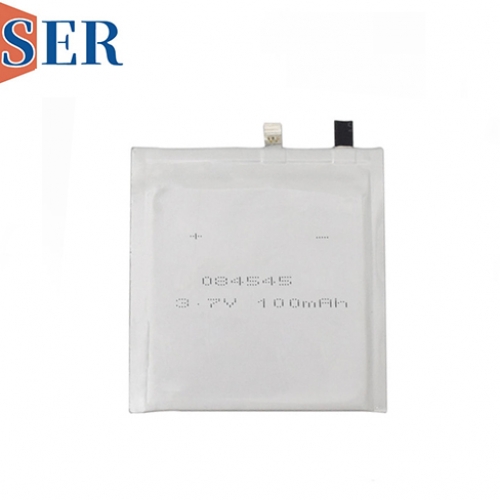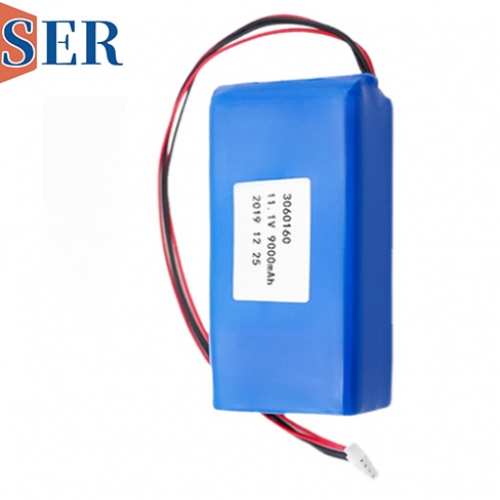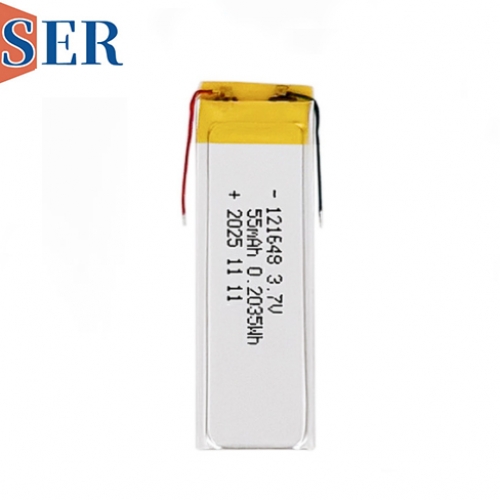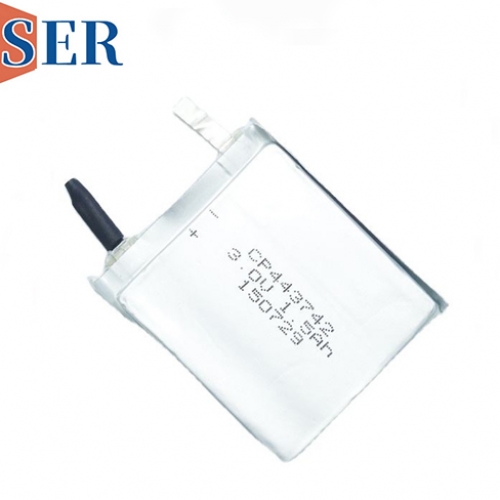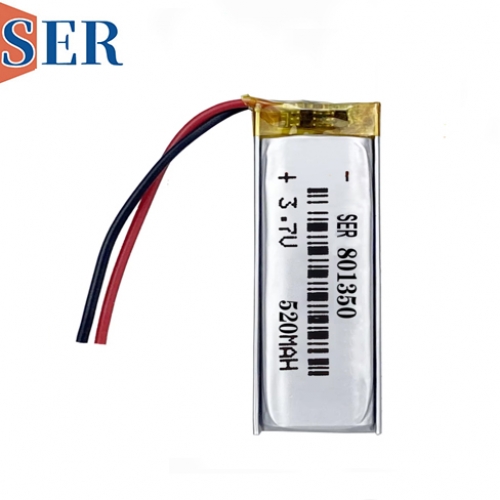Primary 3.0V Li-MnO₂ Soft Pack Batteries and Rechargeable Ultra-Thin Batteries: Powering the Future Across Industries
Primary 3.0V Li-MnO₂ Soft Pack Batteries and Rechargeable Ultra-Thin Batteries: Powering the Future Across Industries
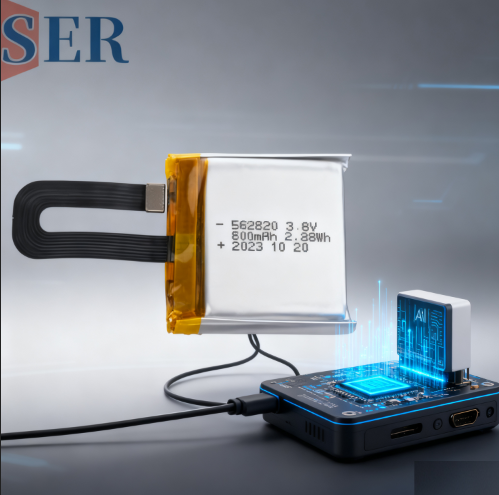
In an era defined by technological innovation, the demand for reliable, efficient, and versatile energy storage solutions has never been greater. From the smallest wearable device to complex medical equipment and cutting-edge AI systems, batteries serve as the lifeblood of modern technology. Among the diverse range of energy storage options available, two categories stand out for their adaptability and performance: Primary 3.0V Li-MnO₂ Soft Pack Batteries and Rechargeable Ultra-Thin Battery. These batteries are not only workhorses in consumer electronics and medical devices but have also emerged as critical components in smart home applications and AI products. This article explores their composition, advantages, and transformative roles across these key sectors, highlighting why they are becoming indispensable in today’s tech-driven world.
1. Understanding Primary 3.0V Li-MnO₂ Soft Pack Batteries
Primary batteries, also known as non-rechargeable batteries, are designed for single-use applications where long-term reliability and minimal maintenance are paramount. The 3.0V Li-MnO₂ (Lithium Manganese Dioxide) soft pack battery is a standout in this category, combining high energy density, stable discharge characteristics, and a flexible form factor that makes it ideal for space-constrained devices.
1.1 Chemistry and Construction
The Li-MnO₂ chemistry is based on a lithium metal anode and a manganese dioxide (MnO₂) cathode, with an organic electrolyte facilitating ion transfer. This combination delivers a nominal voltage of 3.0V, a value that remains relatively stable throughout the battery’s discharge cycle—an essential feature for devices requiring consistent power.
What distinguishes the “soft pack” design is its flexible casing, typically made from laminated aluminum plastic film. Unlike rigid cylindrical or prismatic batteries, soft pack batteries can be customized into thin, irregular shapes, allowing them to fit seamlessly into devices with unique form factors. This flexibility also reduces weight, a critical advantage for portable and wearable technology.
1.2 Key Advantages
2. Rechargeable Ultra-Thin Batteries: Versatility in a Compact Form
Rechargeable ultra-thin batteries, as their name suggests, are designed for applications where space is at a premium and repeated use is required. These batteries, often based on lithium-ion (Li-ion) or lithium-polymer (Li-Po) chemistry, boast thicknesses as low as 0.3mm, making them ideal for slim, lightweight devices.
2.1 Chemistry and Design
Most rechargeable ultra-thin batteries utilize lithium-polymer technology, which replaces the liquid electrolyte in traditional Li-ion batteries with a gel or solid polymer. This allows for a thinner, more flexible design without compromising energy density. The absence of a rigid casing also reduces weight and enables customization in both shape and size, from ultra-thin sheets to curved or irregular forms.
2.2 Key Advantages
3. Applications in Consumer Electronics: Powering Daily Innovations
Consumer electronics represent one of the largest markets for both Primary 3.0V Li-MnO₂ Soft Pack Batteries and Rechargeable Ultra-Thin Batteries. From wireless earbuds to smartwatches, these devices demand compact, reliable power sources that align with their sleek designs and usage patterns.
3.1 Primary Li-MnO₂ in Low-Power, Long-Life Devices
Primary 3.0V Li-MnO₂ soft pack batteries excel in consumer electronics that require long-term, maintenance-free operation. Examples include:
3.2 Rechargeable Ultra-Thin Batteries in Wearables and Portable Tech
Rechargeable ultra-thin batteries are the backbone of the wearable technology revolution. Their slim profile and rechargeability make them ideal for:
In consumer electronics, both battery types address distinct needs: primary batteries for low-maintenance, long-life devices, and rechargeable ultra-thin batteries for high-usage, compact gadgets.
4. Medical Batteries: Ensuring Reliability in Critical Care
The medical industry demands batteries that prioritize safety, stability, and longevity—qualities that Primary 3.0V Li-MnO₂ Soft Pack Batteries and Rechargeable Ultra-Thin Batteries deliver in abundance. From life-saving equipment to patient monitoring devices, these batteries play a vital role in healthcare.
4.1 Primary Li-MnO₂ in Implantable and Long-Term Devices
Primary Li-MnO₂ batteries are often chosen for medical devices where replacement is invasive or impractical:
4.2 Rechargeable Ultra-Thin Batteries in Wearable Medical Tech
Rechargeable ultra-thin batteries are transforming wearable medical devices, offering the perfect balance of size, weight, and reusability:
In medical applications, both battery types adhere to strict regulatory standards (e.g., ISO 13485) to ensure safety and reliability, making them trusted choices for healthcare providers worldwide.
5. Smart Home Batteries: Enabling Connected Living
The smart home revolution—powered by devices like thermostats, security cameras, and voice assistants—relies on batteries that can keep up with 24/7 connectivity, compact design requirements, and varying power demands. Primary 3.0V Li-MnO₂ Soft Pack Batteries and Rechargeable Ultra-Thin Batteries are integral to this ecosystem.
5.1 Primary Li-MnO₂ in Low-Maintenance Smart Home Devices
Smart home devices that are hard to reach or require long-term operation benefit from primary Li-MnO₂ batteries:
5.2 Rechargeable Ultra-Thin Batteries in Interactive Smart Home Tech
Rechargeable ultra-thin batteries power smart home devices that require frequent interaction or high energy bursts:
In smart homes, these batteries support the “always-on” connectivity that defines the IoT (Internet of Things), ensuring seamless interaction between devices and users.
6. AI Batteries: Powering the Intelligence Revolution
Artificial Intelligence (AI) products—from edge computing devices to robotics and smart sensors—demand batteries that can handle variable power loads, support high-performance computing, and fit into compact designs. Primary 3.0V Li-MnO₂ Soft Pack Batteries and Rechargeable Ultra-Thin Batteries are rising to this challenge.
6.1 Primary Li-MnO₂ in AI-Powered Sensors and Edge Devices
AI-driven sensors and edge computing devices, which process data locally to reduce latency, often operate in remote or hard-to-access locations:
6.2 Rechargeable Ultra-Thin Batteries in AI Robotics and Wearable AI
Rechargeable ultra-thin batteries are critical for AI devices that require mobility and frequent recharging:
As AI continues to evolve, the demand for batteries that can power complex algorithms in small, portable form factors will only grow—making these two battery types essential to the industry’s growth.
7. Future Trends and Innovations
The future of Primary 3.0V Li-MnO₂ Soft Pack Batteries and Rechargeable Ultra-Thin Batteries is marked by ongoing innovations aimed at improving energy density, safety, and sustainability.
8. Conclusion
Primary 3.0V Li-MnO₂ Soft Pack Batteries and Rechargeable Ultra-Thin Batteries have transcended their roles as mere energy storage solutions to become enablers of technological progress. Their unique combination of flexibility, reliability, and performance makes them indispensable in consumer electronics, medical devices, smart homes, and AI products.
As technology continues to advance—with devices becoming smaller, smarter, and more connected—the demand for these batteries will only increase. Whether powering a life-saving pacemaker, a smart home sensor, or an AI-driven robot, they deliver the power, safety, and versatility needed to shape the future.
In a world where innovation waits for no one, Primary 3.0V Li-MnO₂ Soft Pack Batteries and Rechargeable Ultra-Thin Batteries are not just keeping up—they’re leading the way.

